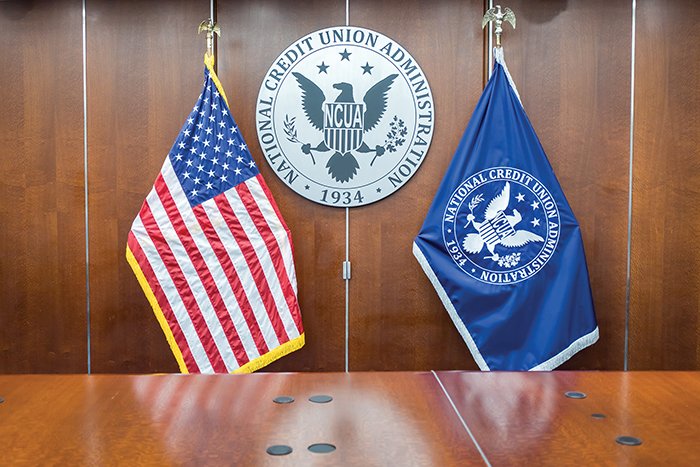In October, the Federal Reserve will begin circulating a redesigned $100 bill. It's only the fourth design for the note in nearly 100 years of circulation.
What did previous designs look like?
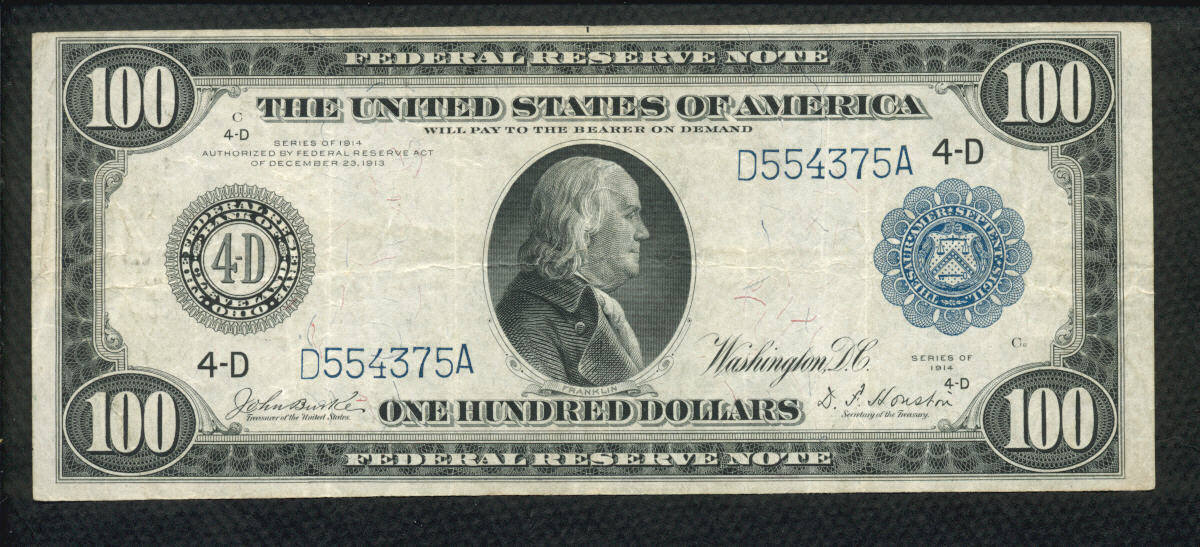
1914
In 1914, the Federal Reserve issued its first $100 Federal Reserve Note with a portrait of Benjamin Franklin on the front, also known as the obverse, and allegorical figures representing labor, plenty, America, peace and commerce on the reverse. The bills were “large-sized notes,” which were 3.125 by 7.4218 inches and the standard size of all U.S. currency printed between 1863 and 1928.

Next, 1928
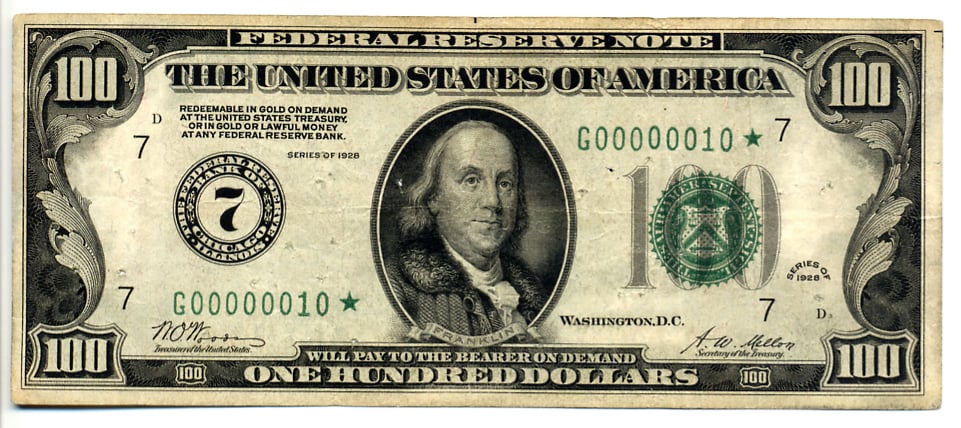
1928
U.S. currency was reduced to its current size of 2.61 by 6.14 inches in 1928. The portrait of Benjamin Franklin was changed to one painted by French painter Joseph-Siffred Duplessis. A vignette of Philadelphia's Independence Hall, where both the Declaration of Independence and the United States Constitution were debated and adopted, was featured on the reverse.
It was issued as a Federal Reserve Note with a green seal and serial numbers and also as a Gold Certificate with a golden seal and serial numbers. The Gold Certificate was taken out of circulation in 1934 when the U.S. withdrew from the gold standard. In 1966, the motto “In God We Trust” was added to the reverse.
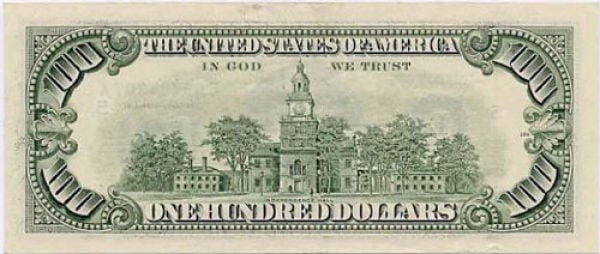
Next, 1996
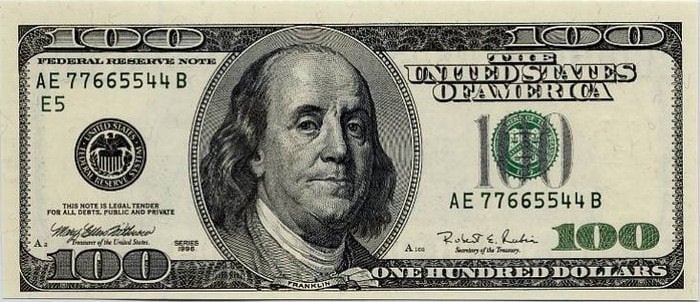
1996
The entire layout of the $100 bill was redesigned in 1996 to deter counterfeiting. In addition to completely redesigning the layout, a watermark of Benjamin Franklin was added to the right side of the bill.
The Fed also added optically variable ink that changed from green to black when viewed at different angles, a higher quality and larger portrait of Franklin, and hard-to-reproduce fine line printing around Franklin's portrait and Independence Hall. In 1991, the Federal Reserve had added security features such as interwoven red and blue silk fibers, microprinting, and a plastic security thread; these features were also included in the new design.
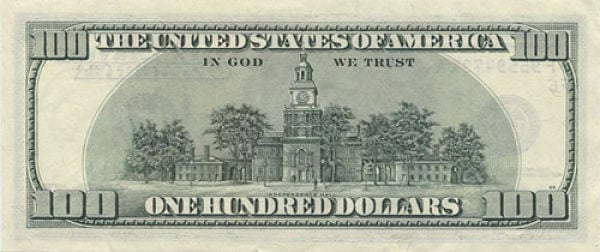
Next, 2013
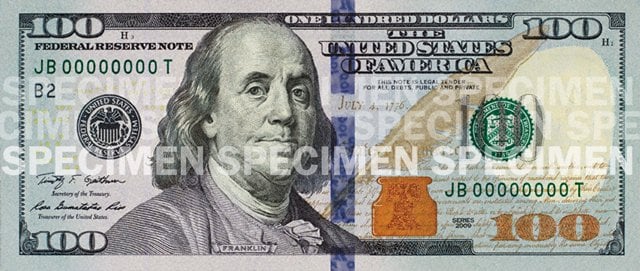
2013
The new $100 bill was announced in 2010 and was supposed to enter circulation in early 2011, but problems in the printing process delayed circulation. Several additional security features have been added. New items on the obverse side include the brown quill that was used to sign the Declaration of Independence, faint phrases from the Declaration, a bell in the inkwell that appears and disappears depending on the angle at which the bill is viewed, teal used as a background color, the removal of the border from the portrait Benjamin Franklin, a blue 3D security ribbon, and to the left of Franklin, small yellow 100s whose zeros form the EURion constellation, a pattern that prevents the bills from being duplicated with a photocopier.
The reverse features small yellow EURion 100s and has the fine lines removed from around the vignette of Independence Hall. In addition to preventing counterfeiting, the bills are also designed to assist the visually impaired. The new bills will be put into circulation Oct. 8. Training materials can be downloaded and/or ordered at the Fed's newmoney.gov website.
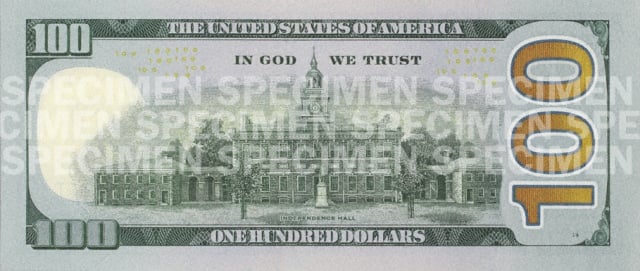
© Touchpoint Markets, All Rights Reserved. Request academic re-use from www.copyright.com. All other uses, submit a request to [email protected]. For more inforrmation visit Asset & Logo Licensing.

